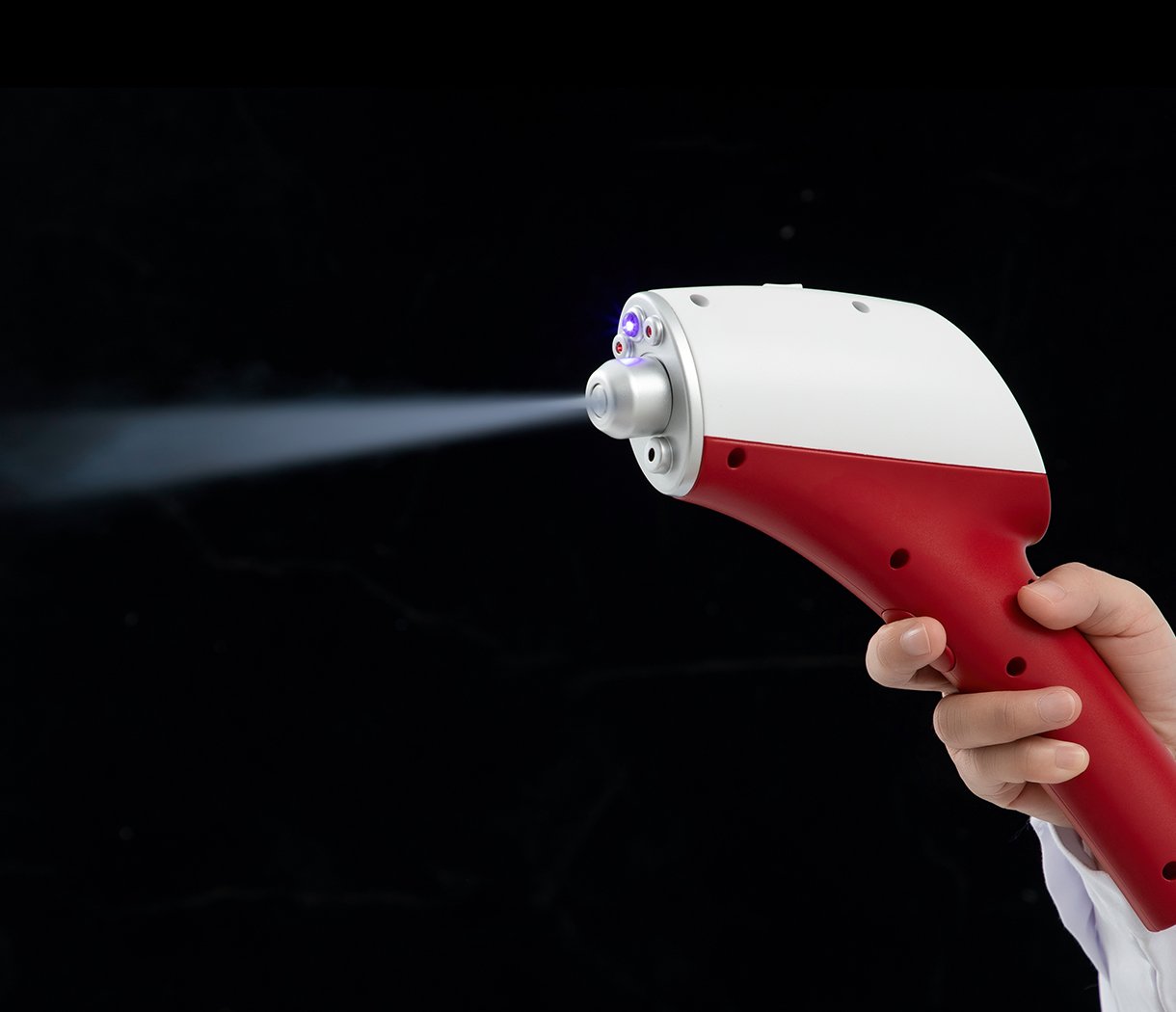CO2 Cryotherapy has emerged as a revolutionary treatment for pain relief, inflammation reduction, and muscle relaxation, but like any innovative therapy, it’s met with some skepticism. A common concern that arises is the potential for toxic build-up of carbon dioxide (CO2) in the body. In this article, we’ll delve deep into the mechanism of CO2 Cryotherapy, dispelling any fears about toxicity and shedding light on the science behind its effectiveness.
What Is CO2 Cryotherapy?
CO2 Cryotherapy involves the application of carbon dioxide, in its cold form, to the body to trigger a therapeutic effect. In the cryotherapy process, a specialized machine sprays CO2 onto the skin, rapidly cooling the skin and underlying tissues. This quick cooling causes blood vessels to constrict, and once completing the treatment, the vessels dilate, stimulating the flow of oxygenated blood and promoting healing. While CO2 Cryotherapy shares similarities with other types of cryotherapy, its unique use of CO2 offers distinct advantages. The cooling effect helps to reduce muscle inflammation and promote overall relaxation, making it especially beneficial for athletes and those undergoing physical rehabilitation. But is it safe to use? And could the body’s exposure to CO2 result in toxic build-up?
The Science Behind It
At its core, CO2 Cryotherapy functions by exploiting the body’s natural physiological responses to temperature changes. When sparying carbon dioxide to the skin, it triggers vasoconstriction, or the narrowing of blood vessels. This helps reduce localized inflammation and swelling in muscles and tissues, which are often caused by stress or physical exertion. After the treatment, the blood vessels dilate, allowing fresh oxygenated blood to rush in, facilitating faster healing. On a deeper level, this cooling effect also stimulates the release of endorphins—your body’s natural painkillers—which can help ease discomfort and promote a sense of calm. The therapeutic results of CO2 Cryotherapy are not only physical but also emotional, aiding in stress relief and mental well-being.
Addressing the Toxicity Myth: Can CO2 Cryotherapy Lead to Toxic Build-Up?
The major concern for many people is the potential toxicity of CO2 exposure. However, this concern is largely unfounded. Carbon dioxide is a naturally occurring gas that the human body is already familiar with, as it is a byproduct of cellular respiration. In fact, the body has evolved mechanisms to regulate CO2 levels effectively. When we breathe, the CO2 in our blood is carried to the lungs and expelled from the body with every exhale.
The levels of CO2 used in cryotherapy are well within the body’s capacity to process and expel. Unlike scenarios where CO2 is concentrated in closed environments, CO2 Cryotherapy ensures proper ventilation, meaning the gas is never allowed to accumulate to dangerous levels. The controlled application of CO2 during cryotherapy sessions presents no risk of CO2 toxicity. The body’s natural respiratory function, alongside the session’s short duration, ensures that any excess CO2 is swiftly and safely eliminated.
The Safety of CO2 Cryotherapy: What the Research Says
Numerous studies and clinical trials have supported the safety and efficacy of CO2 Cryotherapy. Research highlights its ability to promote blood circulation, reduce muscle tension, and enhance recovery times without causing harm or accumulating toxic CO2 levels in the body. Properly administered by trained professionals, CO2 Cryotherapy has become a staple in many rehabilitation and sports recovery centers. The CO2 Cryotherapy machines used in clinical and spa settings are designed with advanced safety features, including precise temperature controls and fail-safe mechanisms. These ensure that CO2 exposure remains safe, and patients experience the maximum therapeutic benefit without any risk of overexposure.
Potential Side Effects: What to Watch For
Like any treatment, CO2 Cryotherapy can have minor side effects, though they are generally mild and transient. Common side effects include temporary redness of the skin or mild irritation, which typically resolves within minutes after the treatment ends. Some users may experience a cooling sensation or slight discomfort during the session, but these are normal reactions and are usually not cause for concern. For individuals with certain conditions, such as cold hypersensitivity, it’s necessary to consult a medical professional before undergoing CO2 Cryotherapy.
Conclusion: Is CO2 Cryotherapy Safe?
CO2 Cryotherapy is a safe and effective treatment when performed by trained professionals. The concern about CO2 toxicity is a misconception, as the body naturally manages and expels CO2. When used properly, CO2 Cryotherapy reduces muscle inflammation, enhances circulation, and boosts mental well-being—all without any toxic risk. In short, CO2 Cryotherapy offers a safe, advanced solution for stress and pain relief. When administered by qualified practitioners, there’s no need to worry about CO2 build-up. The benefits are clear: better recovery, reduced pain, and improved performance.



